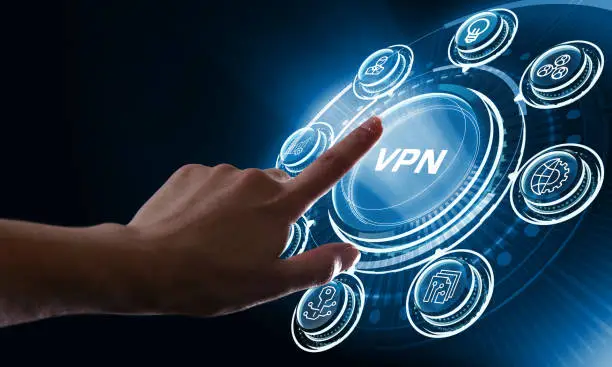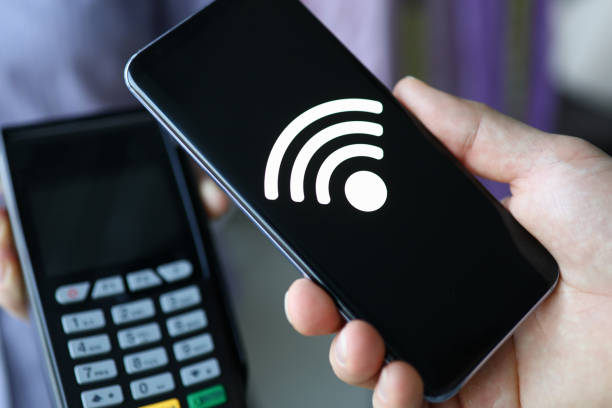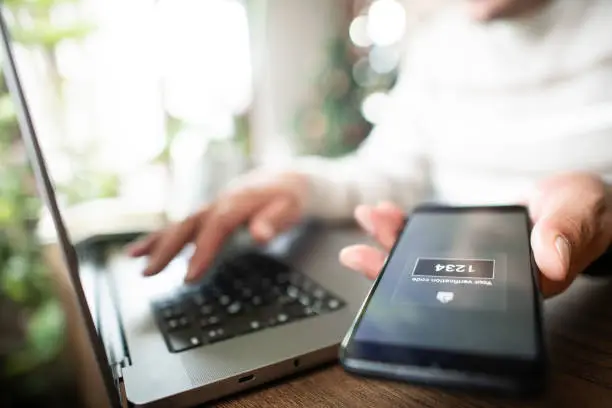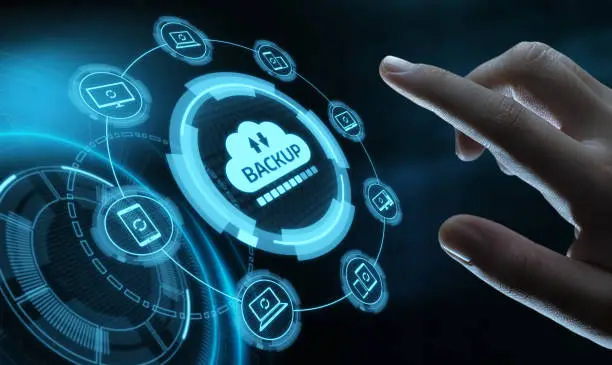If you’re looking to protect your online privacy, bypass annoying geo-blocks, or just surf the web with a bit more peace of mind, a VPN (Virtual Private Network) is your best friend. But what if you think setting one up takes forever? Good news — you can install and start using a VPN in under 10 minutes. No complicated tech skills required.
Let’s dive in and get you secured in no time!
What Is a VPN and Why You Need One
VPN Explained Simply
Imagine your internet connection as a busy highway. Normally, your data travels openly where anyone can see it, kind of like a convertible on the road with no roof. A VPN acts like a secure tunnel under the highway, encrypting your data and hiding your identity from prying eyes.
Benefits of Using a VPN
Using a VPN protects you from hackers, snoopers, and annoying trackers. It helps you access content blocked in your country (think Netflix libraries or social media in restricted areas), and keeps your browsing private, especially on public Wi-Fi.
Choosing the Right VPN Service
Paid vs Free VPNs
You might be tempted by free VPNs, but beware — many free services come with bandwidth limits, intrusive ads, or sketchy privacy policies. Paid VPNs like NordVPN or ExpressVPN offer strong encryption, fast speeds, and reliable customer support.
What Features to Look For
Look for:
-
No-log policy (so your data isn’t stored)
-
Multiple server locations worldwide
-
Kill switch feature (disconnects internet if VPN drops)
-
Easy-to-use apps for your devices
-
Fast and stable connection speeds
Preparing to Install Your VPN
Checking Device Compatibility
Before you install, make sure your device supports the VPN app. Most popular VPNs work on Windows, macOS, Android, and iOS. Some even support Linux, smart TVs, and routers.
Creating an Account
Sign up on the VPN provider’s website. This usually takes 2 minutes and requires an email and payment method (for paid VPNs).
Step-by-Step VPN Installation Guide
Downloading the VPN App
Go to the official website or your device’s app store and download the VPN app. Avoid third-party download sites to prevent malware.
Installing on Windows/Mac/Android/iOS
Once downloaded, open the installer and follow the on-screen prompts. The app will usually ask for permissions — grant them to ensure it works correctly.
First-Time VPN Setup: Quick Configuration
Logging In
Open the VPN app and log in with your account details. Easy!
Selecting the Best Server Location
Want fast speeds? Choose a server close to your physical location. Need to unblock content from another country? Select a server in that region.
How to Use Your VPN Daily
Connecting and Disconnecting Safely
Open your VPN app and hit “Connect.” When you’re done browsing privately, disconnect with a single tap. Simple.
Customizing Settings for Speed and Privacy
Many VPNs let you choose protocols like OpenVPN or WireGuard—opt for faster or more secure connections based on your needs.
Testing Your VPN Connection
How to Check Your IP Address
Before and after connecting, check your IP at websites like whatismyipaddress.com. You should see a different location when connected.
Running a Leak Test
Use tools like ipleak.net to ensure no DNS or IP leaks are exposing your identity.
Troubleshooting Common VPN Issues
Connection Drops
If your VPN disconnects, try switching servers or restarting the app. Also, ensure your internet is stable.
Slow Speeds
Close other bandwidth-heavy apps, try a nearby server, or switch protocols for faster performance.
Advanced VPN Tips
Using Kill Switch and Auto-Connect
Enable kill switch to block all internet traffic if VPN drops, so you don’t accidentally expose yourself. Auto-connect helps VPN start automatically on boot.
Setting Up VPN on Routers and Other Devices
For whole-home protection, configure your VPN on your router. This covers every device connected to your network.
Security Best Practices with VPNs
Avoiding Free Public Wi-Fi Risks
Public Wi-Fi is a hacker’s playground. Always use your VPN on open networks to stay safe.
Updating VPN Software Regularly
VPN providers release updates to patch vulnerabilities and improve performance—keep your app up-to-date!
Legal and Ethical Use of VPNs
Understanding Regional Laws
Some countries restrict or ban VPN use. Know your local laws before using one.
Respecting Terms of Service
Using VPNs to break streaming services’ rules can get your account banned. Use responsibly.
Popular VPN Providers to Consider
NordVPN
Known for strong security and a massive server network worldwide.
ExpressVPN
Highly rated for speed, user-friendly apps, and excellent customer support.
VPN Myths Debunked
VPNs Make You Totally Anonymous?
No — VPNs increase privacy but don’t make you invisible online.
VPNs Slow Your Internet?
A slight slowdown is normal, but quality VPNs minimize speed loss.
When Not to Use a VPN
Streaming Restrictions
Some streaming platforms block VPN IPs, so using one might limit your access.
Certain Workplaces and Networks
Some organizations ban VPNs to protect internal data policies.
Conclusion: Your VPN Journey Starts Now
There you have it — installing and using a VPN can be quick, easy, and straightforward. In under 10 minutes, you can boost your online security and freedom dramatically. Don’t wait until it’s too late—get your VPN set up today and browse with confidence!
FAQs
1. Can I install a VPN on multiple devices with one subscription?
Most paid VPNs allow multiple simultaneous connections, usually 5-10 devices.
2. Will a VPN protect me from all cyber threats?
A VPN protects your privacy and data but doesn’t replace antivirus or safe browsing habits.
3. Are free VPNs safe to use?
Some are okay, but many free VPNs compromise your privacy or sell your data.
4. How do I know which VPN server to choose?
For speed, pick a nearby server; for geo-unblocking, pick the server located where the content is available.
5. Can I use a VPN on my smartphone?
Absolutely! Most VPN providers offer apps for Android and iOS for on-the-go protection.



